E0021 | Chicken Feed Ideas & Mosquito Control
Podcast: Play in new window | Download
Subscribe: iTunes | Android | RSS
We’re talking about reducing costs associated with keeping birds today. Specifically chickens, but most of what we’ll be talking about today relates to ducks and geese, pretty much any kind of farmyard fowl you can think of. But I’ll be approaching this from the perspective of feeding chickens.
News
Getting started on the production and editing portion of the upcoming knife making class, it’s always a lot of work but very satisfying when I get one of these done. And most importantly it’s a great feeling to know I’ve made it possible for all my listeners to learn a new skill, something so basic and critical as making a sharp knife from raw materials. I mean, that’s one of the tools that if you were stranded somewhere and had to survive with what you could create and you had salvage materials, you would be able to make a knife! I don’t know about you, but I find a lot of comfort in knowing that I now know how to not only make a knife, but how to heat treat it, and repair it. If nothing else, I know if society just collapsed, or there was a regional disaster so bad that our local economy crashed, I’d be able to make one of the most essential tools I can think of. A knife. Sorry, I’m probably going to be talking about this a bit for the next month or so while I’m going through all the footage and reliving the experience. I’ll try to not make it too over the top though.
We have another duck setting on eggs, she’s under the goat barn so I can’t get under there to see if there are eggs, or to count them, but she has a beautiful nest in a very protected spot. I just hope a snake doesn’t get under there and eat her eggs. I have never seen so many black snakes on our property as this year. They are everywhere it seems!!! Hopefully the other duck will be hatching hers soon, she only has 3 or 4 eggs, and I really hope they all make it. I could use some more muscovy ducks for sure.
And last, I want to say thanks to a couple guys for some plants I’ve recently gotten going well on the property. Michael Leonido sent me 300 strawberry plants that Catie and I planted in her flower beds. They’re doing well, they don’t look like much just yet but are greening up and starting to put out some new leaves. I expect they are putting most of their growth to roots right now. We might even get some strawberries this year. We’ll be using the daughter plants to transplant out to the rest of the property this winter once things start to slow down for the winter season. And second, I got some great comfrey cuttings from Marsh Creek Farmstead that are doing great! I promised you guys that I’d only endorse product that I had tried and was sure was a good one. Well I planted both crowns and root cuttings and they have almost all come up and the crowns are doing fantastic! Flowering and producing large leaves! So if you’re looking for comfrey cuttings, check out Marsh Creek Farmstead. They have some great comfrey cuttings and crowns for sale!
Plant of the Week
Sunn Hemp which is not at all related to hemp like most people would think. It’s taxonomic name is Crotalaria juncea (pronounced kro-ta-LAY-ree-ah jun-SEE-ah) and it’s a great plant to use as a smothering cover crop. It’s a nitrogen fixer that is also allelopathic to many species. What that means is that it helps to reduce weed germination and growth for about 2 weeks after being cut and mulched in place. There are lots of situations where having a plant that produces tons of nitrogen rich root mass and lots of nitrogen rich leaf matter could help increase soil fertility while at the same time reducing weed pressures. Pretty cool! It’s a really fast grower and can be over 6’ tall in as little as two months! Here’s one of the unique things about it though.
Propagation
You can grow it from seed but in almost the entire USA it will not re-seed. I’m not positive but I think it might be able to reseed in the most extreme southern tip of Florida but for the most part it won’t reseed. I’ve never tried rooting cuttings of it, but my gut says if you cut sections of it maybe 12” long and left a couple leaves on each cutting, that you could stick it in a bucket of water in the shade and cover it with a plastic grocery sack or a white trash bag, you could probably get it to root.
Uses
It is a great nitrogen fixer and makes these nice large nodules on the roots where the symbiotic bacteria converts nitrogen from the air into nitrogen that the plant can use. That means it will grow in poor soils.
It can produce upwards of 2 tons of biomass and 100 pounds of nitrogen per acre in 2-3 months! However to use it as a green manure you need to incorporate it into the surface of the soil right before or at the beginning of flowering.
All plants in the Crotalaria genus are reported to suppress harmful nematodes like root knot nematodes.
Use 20 pounds per acre if you are drilling the seed or planting carefully by hand. But if you’re broadcasting, use 40-60 pounds per acre.
Interesting Things
We’ve had ducks on the property for less than a year in any significant number. Right now we have about 24 ducks, some muscovy but mostly mixed breed ducks that I hatched from eggs I got from my buddy Jack Spirko’s Nine Mile Farm. They are doing great, roaming around the whole property, getting into my feed, trampling on strawberry plants I got from a friend in New Hampshire, but here’s the interesting thing. My sister came over to visit and while we were outside pushing the kids on the new swingset she asked me why we weren’t being eaten alive by mosquitoes. You see, we normally are just swarmed by the little evil vermin. We haven’t had a shortage of rain this spring but she thought it was remarkable that there were literally no mosquitos trying to bite us. It’s because of two things really, we installed some small ponds and a few hundred feet of swales, and we have the ducks now. How is that having much of an effect? Well all the small ponds got a lot of mosquito larvae in them, so I called the ducks over and tossed some food in the water, the ducks dove in and cleaned up all the larvae in a day. This bought me enough time that the frogs could breed and tadpoles could develop. As soon as the tadpoles hatched, voila, no more mosquito larvae. From what I could learn, they aren’t supposed to eat much larvae, but for goodness sake, as soon as the tadpoles were growing and developing, no more skeeters. So I say direct observation wins.
We have lots of amphibians in the water, and the mosquitoes are spending an extensive amount of reproductive energy on areas where their eggs or larvae immediately get eaten. So that cuts way down on the population, added to that, we have ducks actively looking for little water pockets in the forest, little hollowed out trees where stagnant water sits and mosquitoes breed. They find those water sources and just destroy any larvae. They go down to the cove where there is plenty of room for mosquitoes to breed in areas that are too marshy for little fish to find all the larvae, they clean those areas out as well! So we trade mosquitoes for duck eggs. I call that a good trade!
Feeding Chickens on a Budget
We talked about fermenting last week a little bit and several people were interested so I figured we would make it a whole show topic, and hopefully I’ll be able to talk about some other strategies for reducing your feed expenses after we cover fermentation. I want to go over some of the reasons for doing this, talk about how to ferment your feed simply and cheaply, give you some recommendations on how much to feed your birds as well as touch on some other ways to cut costs.
Why Ferment Feed?
We covered the why last week, so if you haven’t listened to last week’s show, you might want to check that out. This is a lacto-fermentation process just like sauerkraut, kimchi, kefir, kombucha, and if you’re in the know, well then you know that those are great things to include in our diets for the probiotic benefits. But what so many people don’t realize is that the enzymatic reactions taking place and the fermentation actually break down anti-nutrient components in grains and legumes. The process actually in a way pre-digests the food to a certain degree. Think of it like chopping up the food and making it easier to process. When we make it easier for the birds to process the food and at the same time we increase the usability of the food, not only do the birds have to do less work to use the food, but the food is also more valuable. Think of it like this, you hear that there’s a sale on a belt so you go to buy it and realize there’s also a coupon you can apply towards buying the thing, not only is it on sale for 20% less than normal price, but you also get an additional 20% off the price with the coupon! We’re talking about a combination of more food value, and easier to utilize! But wait there’s more! Ferment your chicken food and we’ll throw in a health benefit of beneficial bacteria that help your birds fight off infection and parasites. Added to those awesome benefits, you spend less on food!
But let me also list some of the reported benefits that I have yet to check out fully myself. We will be fermenting our chicken feed this whole year and comparing it to verify these claims so take them with a grain of salt. I’m just repeating the benefits I’ve read about people experiencing after switching over to fermented feed.
- Healthier birds
- Probiotic rich food
- Increased digestibility and nutrient usability
- Increased egg production
- Larger eggs with larger yolks
- Stronger egg shells
- Reduction in manure volume
- Manure is more firm and doesn’t smell as bad
- Reduced water need due to feeding wet food
So those are most of the reported benefits and for the most part they all check out from the standpoint of logic and common sense, but again, I haven’t verified every single one of these claims.
How to Ferment Your Feed
So the next question you might be asking is “what can I ferment?”. Well, that’s a very good question if you were thinking it, so good on you for being one step ahead of me, if you didn’t already think that question then that’s alright, I’ll answer it anyways and we’ll just pretend you thought it.
What to ferment, well we can ferment most anything that has any starches or sugars present. But we’re mostly talking about grains here. You can use a mix of chopped or ground seeds like corn, wheat, milo, barley, soybeans, lots of things will ferment readily. I use a combination of chopped corn and 22% protein laying pellets for now. I hope to transition to a fully whole grain cheaper option that doesn’t include soy later this summer when more insects will be available for the birds to hunt. But for now it’s chopped corn and laying pellets.
So we’ve picked out what kind of food we’re going to ferment. So you are going to take your feed ingredients, let’s assume you have some whole seed, or chopped seed, maybe a little bit of black oil sunflower seed, some chopped corn, and laying pellets. I mix mine up in a big metal trash can ahead of time and only scoop out as much dry mix as I need every day. I’ll take the bucket that is done and dump it in the black rubber tub I got for feeding animals at tractor supply, I call the birds and dump it in. They come running if they’re hungry, and I make sure to leave about a quart of fermented feed and liquid still in the bucket as the starter for the next batch.
Then I’ll head back over to where my feed bin is located, dump a scoop of my feed mix inside, and I’ll add enough water to cover the dry mix, plus about 2 inches to account for expansion and absorption. This is in a food grade 5 gallon bucket I got from Lowes. I have 2 buckets because I ferment for 2 days. Then it gets set next to the other bucket started the day before. I continue on with my morning chores then check back on it before I leave and sometimes add a little bit more water to keep the grains covered in water. This is what it looks like as soon as it’s covered up and ready to sit for a day.
You don’t want the feed to sit uncovered because it can mold on you, and you don’t want to feed moldy feed. You want it to ferment with the lactobacillus not yeasts, or molds, or any other kinds of organisms. Some people suggest adding vinegar with the mother like Bragg’s vinegar, but you really don’t want to dominate the ferment with the Acetobacter bacteria. A little bit is ok but I’d just as soon toss a little bit of vinegar into the finished feed in the trough or feeder on the ground rather than add it to my active ferment.
You want to make sure you don’t ferment in metal because the acidity will dissolve the metal and especially if it’s galvanized you’ll dissolve a toxic amount of zinc into the feed. So make sure you use plastic or glass. If you only have a handful of birds, just try fermenting in quart or half gallon mason jars.
But back to the methods, you want to cover your fermenting feed somehow but don’t seal it tightly because a byproduct of the fermentation process is C02 and it will build up pressure until your fermentation vessel explodes in a smelly goop fountain of mess.
That reminds me, the smell should be sour but not spoiled. It shouldn’t smell like alcohol or stink. Some people think that fermenting things stink, but it shouldn’t smell like garbage. I’d suggest letting some of the feed spoil where no animals can get into it just so you know what moldy spoiled feed smells and looks like so you can have something to compare against. Here’s a photo of feed that went bad, do not use this!
So to recap, all you do is put the grain and feed in a bucket or other container to ferment, cover with water and keep enough water in the container to keep it covered in water. It’ll be bubbling the next day which is how you can tell it’s fermenting. If it ends up too runny, you can always add a little more dry feed to absorb some of the water, but you should be shooting for a consistency closer to batter. So if it’s soupy, add some dry feed and it’ll be fine, just use less water the next time. It takes a little bit of trial and error to figure it out but once you dial it in, it’ll take just a little bit of time every day. This is what it looks like when it’s done!
How Much to Feed
I was feeding about twice as much food as I am now, before I started fermenting feed they’d come running for their food as soon as I showed up, but now they seem to be satisfied and don’t get as hungry as the did before. I’ve read that they will eat about ¼ of a pound of dry food per day. But you will just have to pay attention and dial in the feed needs until you can figure out what your flock needs. Some people suggest feeding twice a day and only putting out enough for the birds to eat in a few minutes. But I say “ain’t nobody got time for that”. I put out enough for the whole day and let it continue fermenting in the dish if they don’t eat it all at one setting.
Cool Additions to Further Reduce Cost
Now, to further reduce cost for feeding your birds, why not add some other ingredients like some chopped comfrey to the ferment, or if you have a push mower with a bagger attachment like I do, you can mow a little bit of grass and clover. Take the chopped plant matter and mix that into the ferment mix. I’m going to try that with clover and comfrey soon because I have so much of it that needs to be harvested anyways, plus it’s a great protein addition to their feed that would be wasted otherwise.
Do you make kombucha like we do? If so, add your scoby every week to the feed, I wouldn’t add it to the ferment, just the end result, but they enjoy eating the scoby and it can’t hurt.
Don’t forget about using your table scraps also! I don’t remember if we’ve already talked about this but we save everything that can rot and turn back into dirt from our kitchen and table. It all goes into a small bucket every day and delivered to the chickens to be eaten. Anything they don’t eat gets mixed into the deep litter bedding of the chicken barn and cleaned out yearly. That means all the bones that would go to the landfill get composted instead. Who needs to buy bonemeal for their garden when the bones get composted and go into the garden in the form of compost! Additionally it’s that much less feed I have to buy for my birds. I let them eat the scraps and it cuts down on my feed bill. And I dunno about you but I have plenty of things I could spend my money on instead of chicken food.
I hope this has encouraged and empowered you to feel confident in making a positive change in how you feed your animals. I want to save you money, because every little thing we can do to cut costs, and build resiliency in our finances, our lifestyle choices, every little bit has an effect on the whole. Remember, it’s not about how far along you are on the journey, it’s about making sure you’re going in the right direction and making some positive choices that build strength and make for a more sustainable future both for us and our children.
If you would like to help me out, I could use your help in getting the word out about this podcast. Find one friend or family member to share this with every week. Tell your friends about the show, share it on social media or on websites you frequent. Currently I don’t make a penny for putting the show on for you guys, but if we can work together and get a lot of listeners built up, I might be able to start finding ways to make some money and make this a full time endeavor. If that happens, I’ll be putting out more shows.Like I said earlier, every little bit helps! Alright, I’m gonna get outta this recording booth and go play with my kids, they’re outside playing on their bikes and I’m stuck inside working. I hope you have a great weekend, go play outside if you can! Hug your kids or spouse, or tell a family member that you love them. Make it a point to do something good this upcoming week!
Until next week
I hope you have a wonderful day, God Bless. And as always “Go Do Good Things”


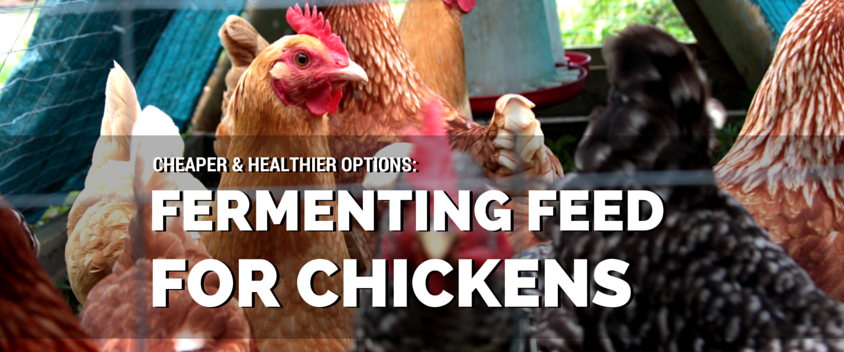
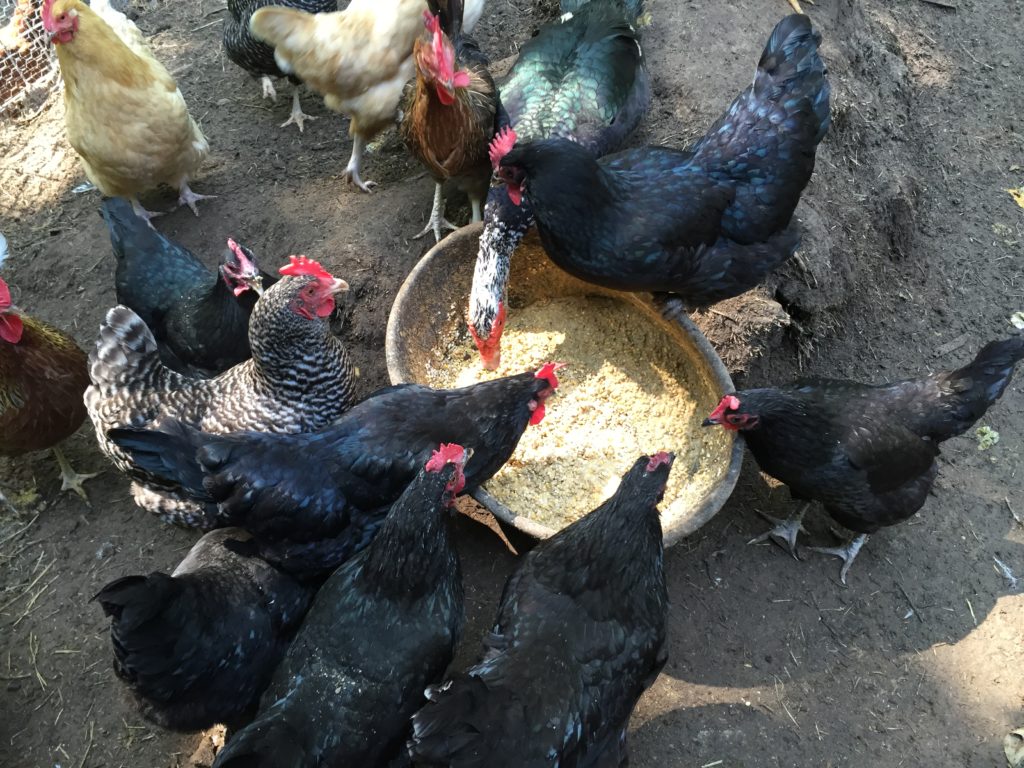
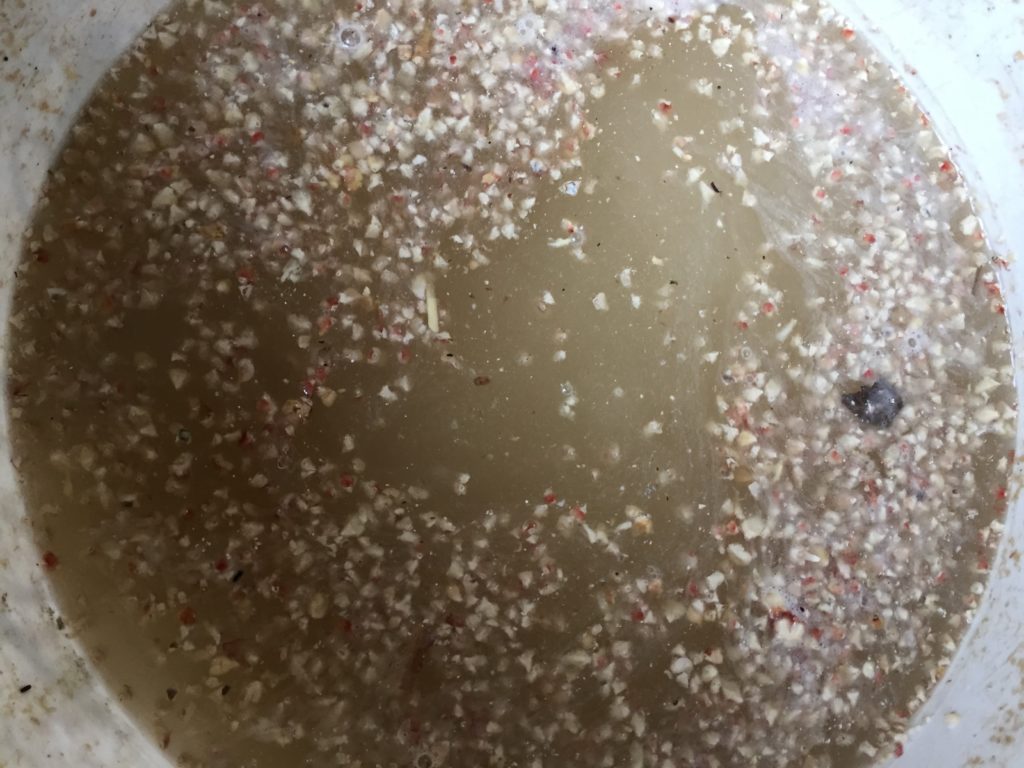
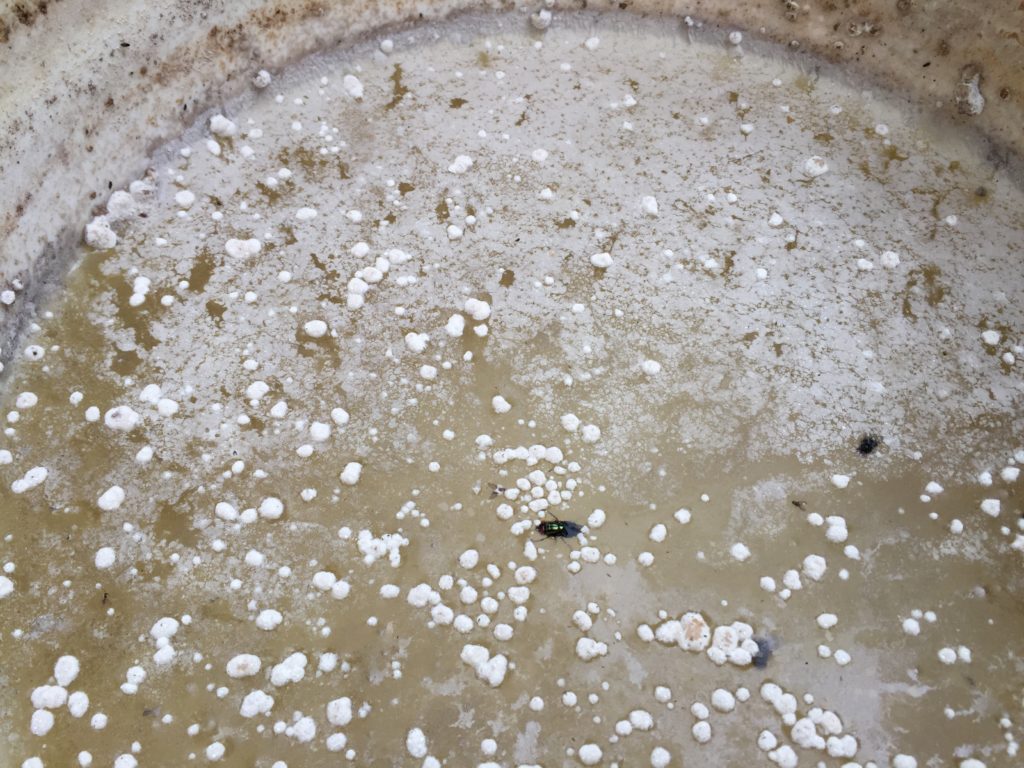
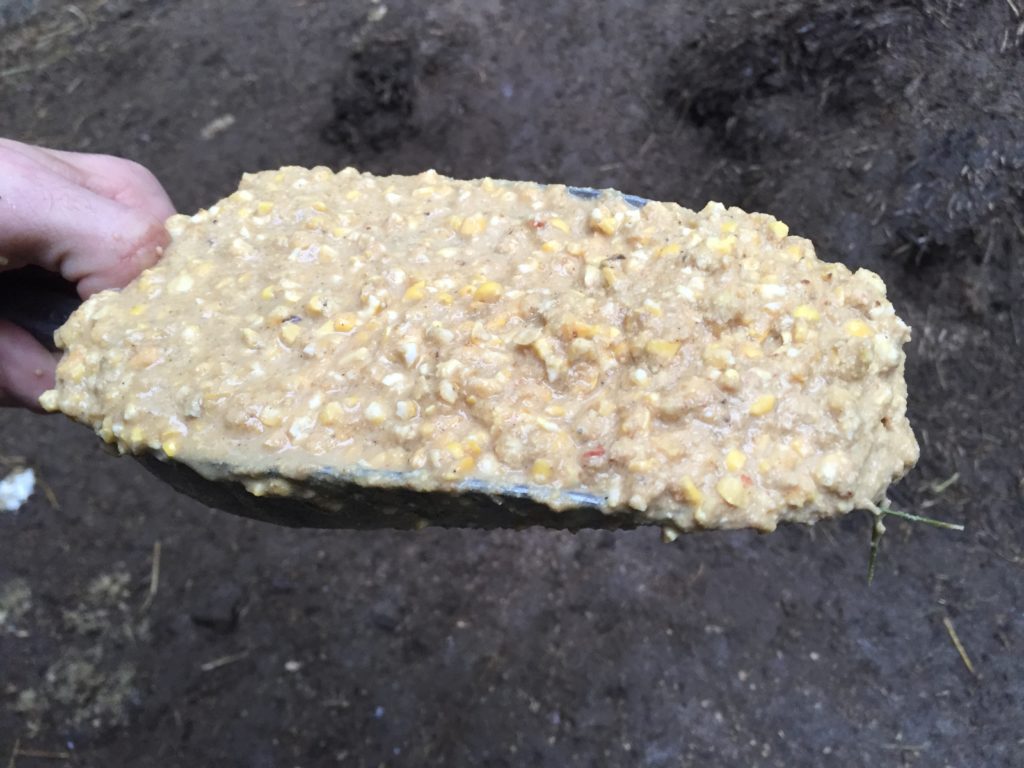
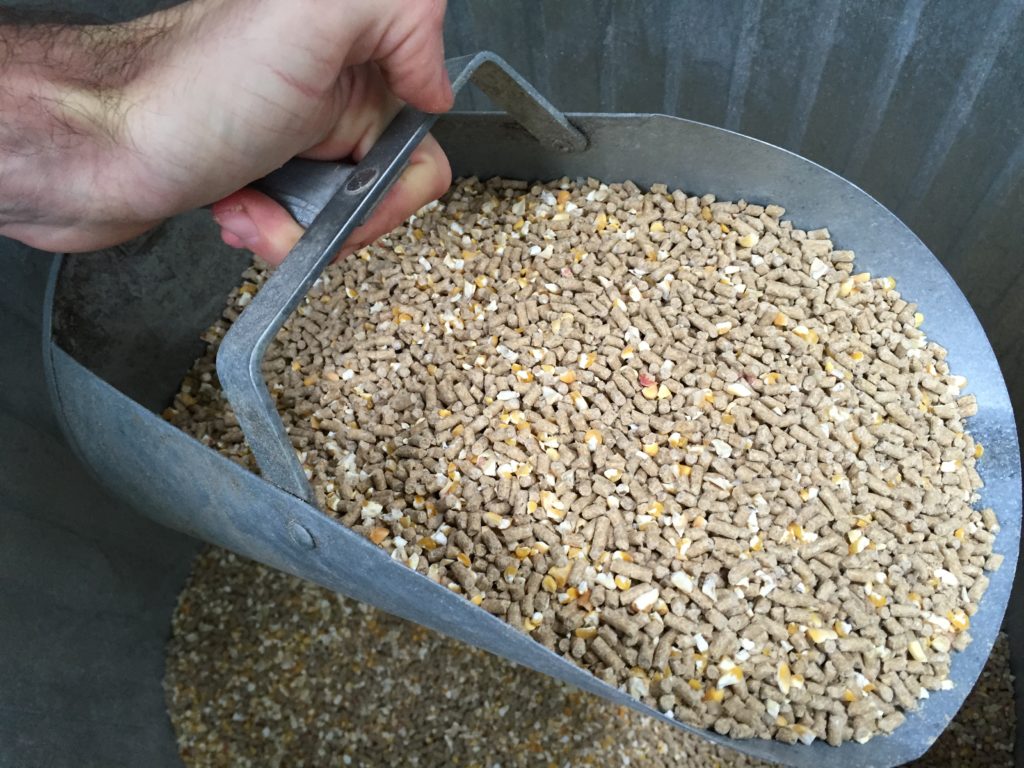
Okay… I’m convinced. I’ll be feeding fermented feed starting Monday!
I’m. Really enjoying the topics of the podcasts. Valuable information not covered by more traditional materials.
Keep up the great effort, I appreciate your making these podcasts.
Thanks! I appreciate the encouragement!
Do you have an Amazon affiliate link to a source you trust?
For the Sunn Hemp. I left that part out.
I order mine from Hancock Seed co from florida.
Nick, I like what I hear about sun hemp, gonna try some. The beginning of this podcast and the one on Comfrey gives me a few ideas of how to solve a Bermuda Grass problem but need additional influence please. I live in Central Virginia Zone 7a on a nice homestead property. The heat and humidity are coming on strong and with that comes the expansion off the Bermuda Grass crop. I practice no till, wood chips in the annual garden plot of 100×100. I am down to about 25 sq ft that is not completely thatched and interconnected with Bermuda Rizomes, around here it is called appropriately wire grass. The chips have been composting in place for three seasons and they have caused the top 6″ to become highly acidic and many of the old time farmers are telling me that this is a recipe for vigorus Bermuda growth. I have done lots of research trying to find a non-chemical eradication method. I am about to abandon my effort to plant directly in soil/chips and go to all deep raised beds but even there the Rizomes will travel up the inside of a 36″ bed wall to get to the sunlight. Another idea I heard comes from Jack S. to sow the entire area in cover crop but not sure if the seeds would germinate. I heard you talk about companion plants that reduce weed pressure but can’t find that list.
Your thoughts and ideas are greatly appreciated.
I’m working on ideas for bermuda suppression but haven’t found anything that works well enough for me to suggest it yet. I’ll let you guys know as soon as I find any methods for sure though.
Question about fermenting. How does the temperature affect fermenting the feed? I have been leaving mine beside the garage in the shade, but it’s pretty warm out now. Does that affect the process? When temperatures drop in the late fall will my fermented feed need brought indoors?
Yep! The colder it is outside the slower your fermentation will go. The warmer the environment, and the steadier the temperatures, the quicker and more efficient the fermentation will be.
I plan on fermenting in the greenhouse that will be heated during the fall and winter. During the summer though, keeping it in the shade is a must!
Nick, thanks for the podcast and the detailed step-by-step on the fermentation. My question is — do your ducks eat the fermented food? My ducks seem reluctant to eat the ferments I’ve tried to do and I’m not sure if it is because ducks just don’t like fermented foods or if I did something wrong. I use a feed crumble, if that makes a difference.
My ducks love it, try giving 50/50, but I’d make sure they have regular feed. Just ferment a little bit at a time and add it slowly to their diet. Generally they’ll eat anything I put in front of em and they sure liked my feed. If you’re fermenting for more than a couple days, it might be getting too sour for them. Try soaking it for half a day and see if they like it, then increase it to 12 hrs, then 24 hrs, and keep stepping up the ferment to the amount of ferment time that you’re comfortable with and see if they just need to get used to it a little bit.
I know this is late but can you ferment starter feed? I guess the answer is yes so I should ask will it hurt young chicks?
Thanks, Mark
You can, I would make sure that it’s a smaller portion of the diet though. Don’t go whole hog with it straight away.